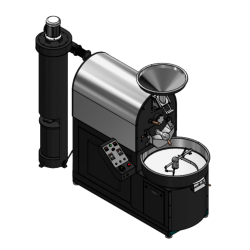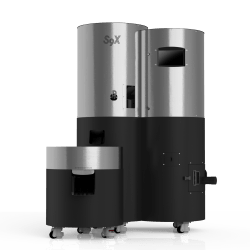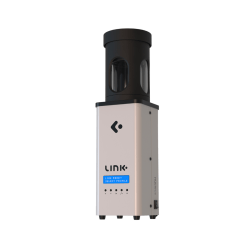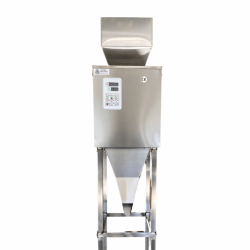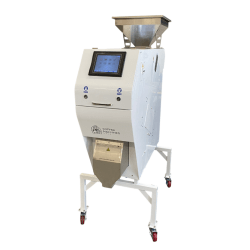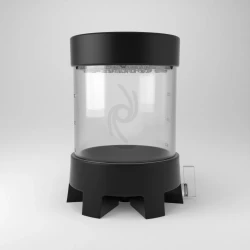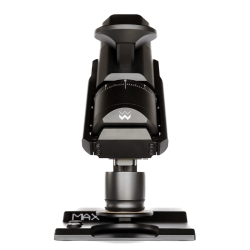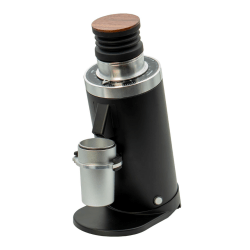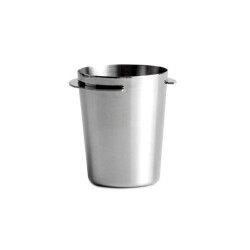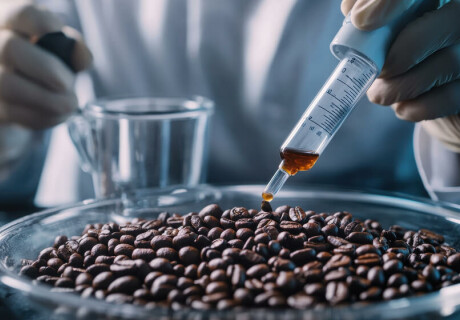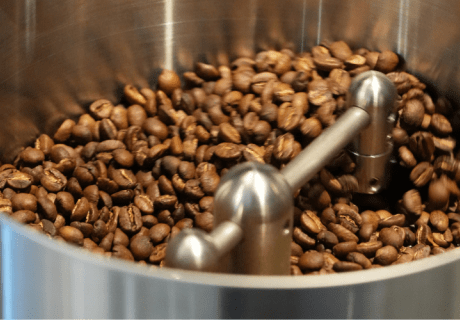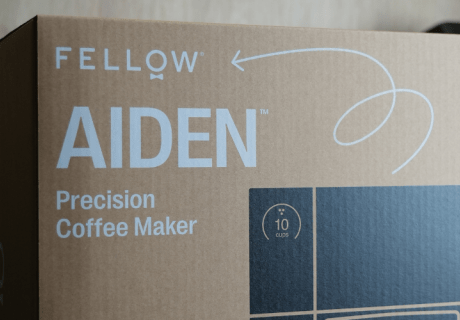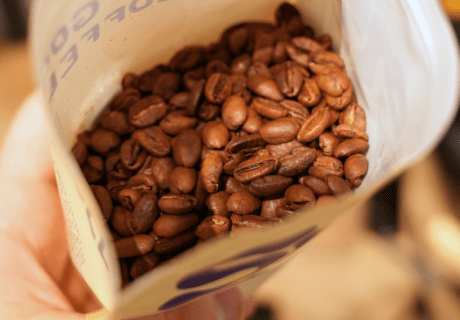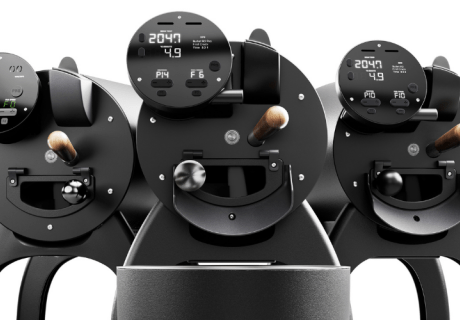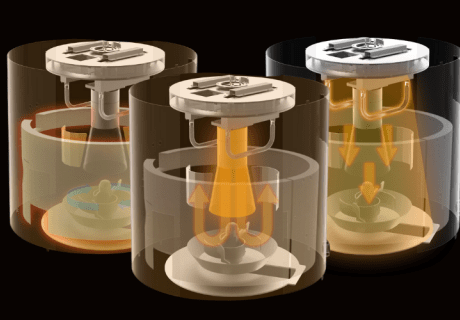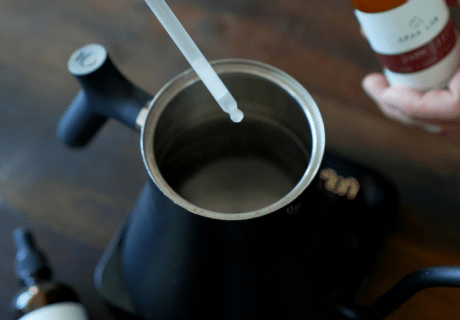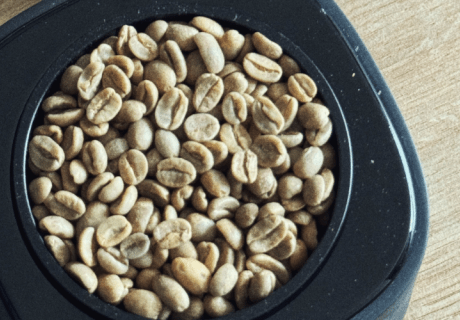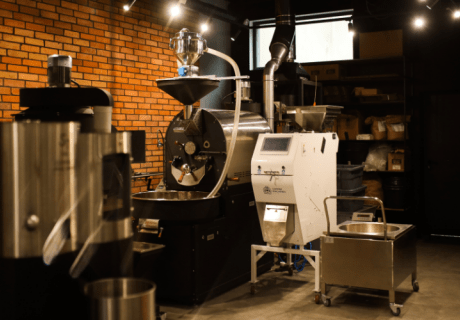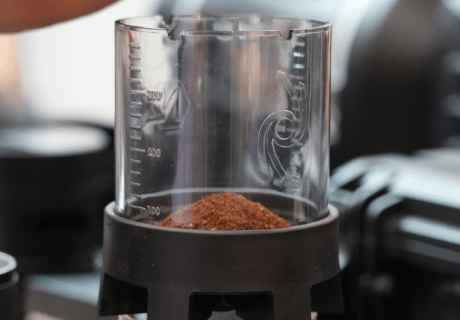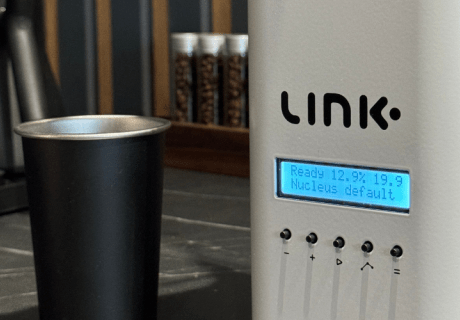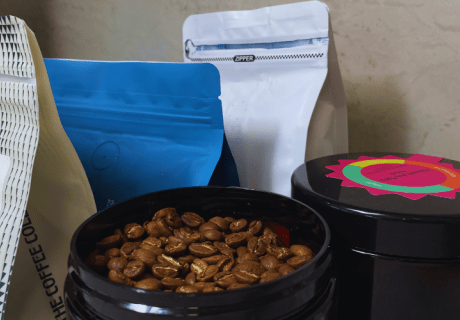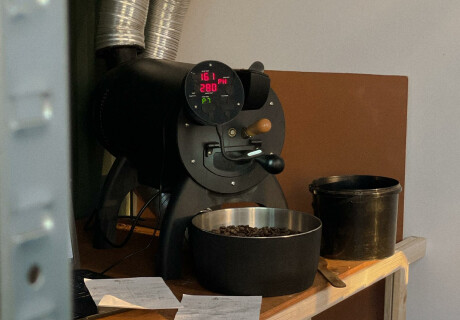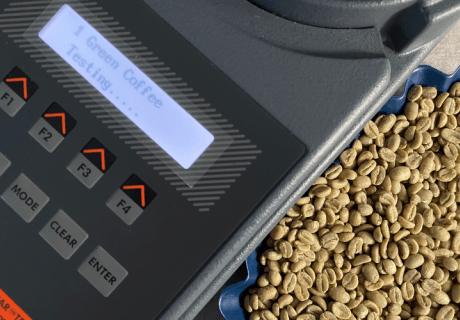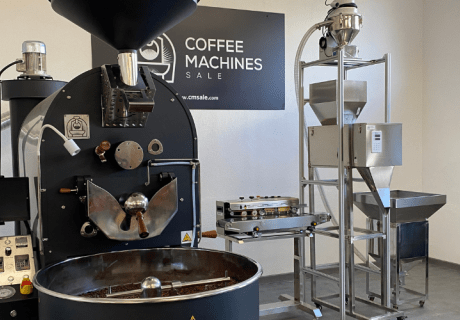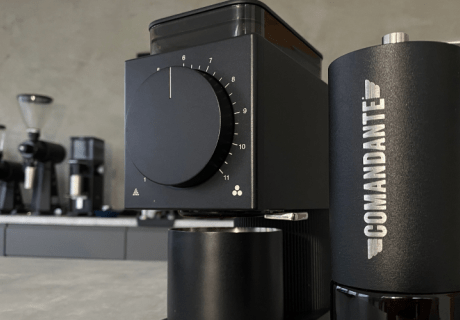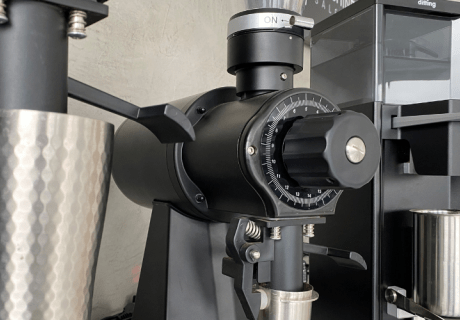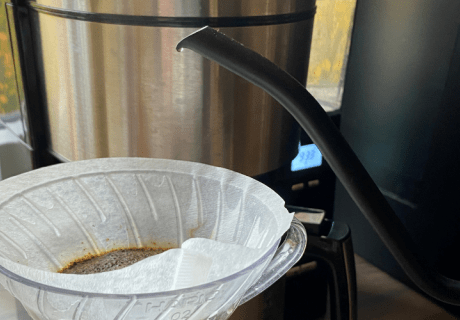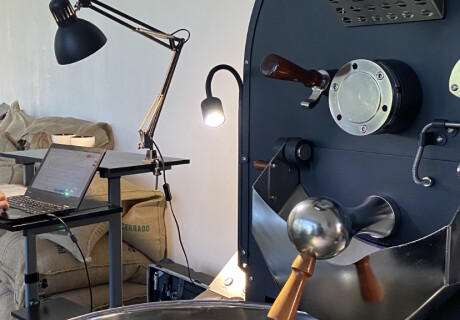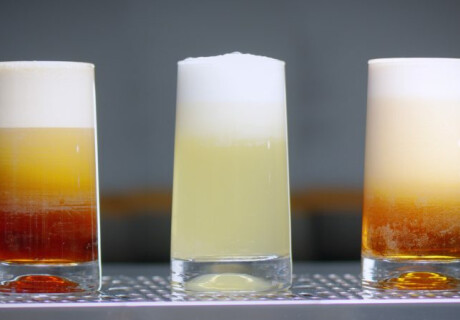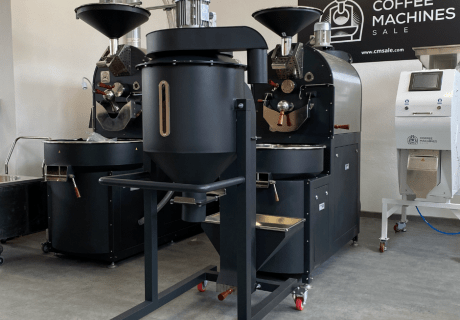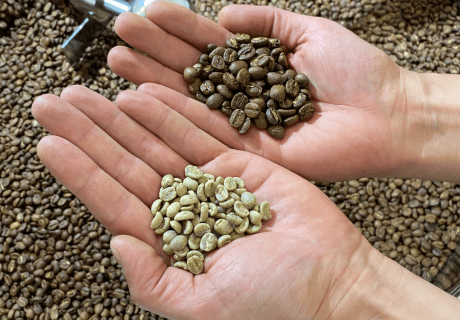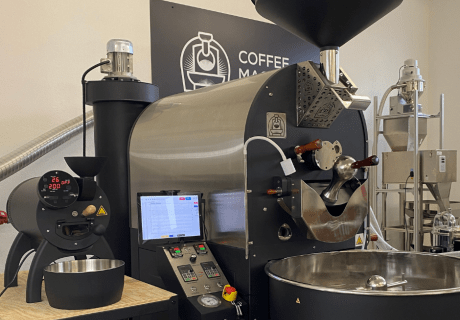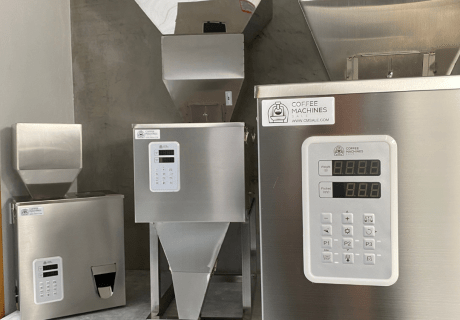The Science Behind Decaffeination: How It Affects Flavor
The allure of a comforting cup of coffee often goes beyond mere caffeine jolts. Yet, decaffeinated coffee presents a puzzle of flavor and chemistry for those who love the taste but shy away from caffeine. Delving into the science behind decaffeination reveals a fascinating interplay between process and preservation, where the goal of removing caffeine delicately balances with maintaining the coffee’s original allure. Join us as we explore the intricacies of how decaffeination impacts the flavor of coffee.
Understanding The Decaffeination Process
Decaffeination involves various methods to remove caffeine from coffee beans while preserving their flavor. The main methods include:
- Solvent-Based Processes: Uses methylene chloride or ethyl acetate to dissolve and extract caffeine. Beans are soaked, treated with the solvent, and then steamed to remove any residual solvent.
- CO2 Method: Utilizes liquid CO2 at high pressure to selectively bind with caffeine molecules, effectively extracting caffeine without compromising the coffee’s delicate flavors.
- Swiss Water Process: A chemical-free method that relies on solubility and osmosis. Beans are soaked in hot water, which is then filtered to remove caffeine using activated charcoal. The filtered water is reused to maintain flavor while caffeine is removed.
Each method offers a unique approach to decaffeination while aiming to retain the original taste of the coffee.
The Role Of Coffee Chemistry In Flavor Retention
The realm of coffee chemistry is a captivating field that delves into the intricate balance of compounds that define the beloved flavor profile of coffee. At the heart of this exploration is the understanding that over 800 volatile compounds contribute to coffee’s sensory experience, ranging from fragrant aromatics to subtle taste nuances. Key players in this sensory symphony include chlorogenic acids, lipids, and Maillard reaction products, significantly influencing the brew’s perceived richness, body, and depth. During decaffeination, the challenge lies in maintaining these delicate compounds responsible for coffee’s distinctive flavor while effectively removing caffeine. The interaction between solvent and coffee bean in solvent-based methods or the careful balance of solubility and osmosis in the Swiss Water process highlights the importance of precision in retaining the essence of coffee chemistry.
Each method of caffeine removal presents both opportunities and challenges for flavor preservation. Solvent-based processes, while efficient, necessitate meticulous control to prevent the loss of essential oils and flavors. The CO2 method’s ability to selectively extract caffeine while preserving other compounds is a testament to the nuanced art of harnessing coffee chemistry. Additionally, the Swiss Water process, revered for its natural approach, emphasizes the importance of maintaining flavor integrity through carefully managing the coffee-water matrix. The interplay of coffee chemistry and decaffeination affects the final cup’s taste and shapes the consumer’s sensory experience. Understanding the role of these chemical compounds and their behavior during decaffeination is crucial for ensuring that decaffeinated coffee remains a pleasurable indulgence, offering a harmonious blend of aroma, taste, and satisfaction.
How Decaffeination Affects Flavor
The intricate decaffeination process undeniably influences the flavor profile of coffee, presenting a complex scenario where both preservation and alteration of taste occur. One of the primary impacts of removing caffeine is the potential diminishment of certain volatile compounds that contribute to coffee’s aromatic and flavor characteristics. For example, the delicate citrus and floral notes often found in bright, high-acidity coffees can be softened, leading to a more muted overall profile. This change is attributed to the interaction between the solvents or processes used to extract caffeine and the natural compounds in the coffee bean, which might lead to the loss of some volatile compounds that are sensitive to changes in environmental conditions.
Conversely, the decaffeination process can sometimes enhance certain flavors. For instance, removing caffeine, which imparts a slight bitterness, can allow sweeter, nutty, or caramel notes to become more pronounced, particularly in beans rich in these qualities. The solubility of different flavor compounds plays a crucial role here, as the processes strive to retain desirable ones selectively. The CO2 method, for example, is particularly adept at preserving these more stable compounds due to its ability to target caffeine molecules selectively without disturbing the wider array of flavor-inducing elements. Understanding how each method affects the flavor spectrum of decaffeinated coffee can help producers and consumers appreciate the resulting beverage, recognizing that while some subtle nuances may be sacrificed, others might be unexpectedly accentuated, leading to a unique tasting experience.
Comparing Different Decaffeination Methods
Each technique offers distinct advantages and trade-offs when evaluating the efficacy of various decaffeination methods, both in terms of caffeine removal and flavor preservation. Consumers often find that the choice of method directly impacts their sensory experience with decaffeinated coffee. The solvent-based methods, using either methylene chloride or ethyl acetate, are praised for their efficiency in caffeine removal. However, they can sometimes compromise the integrity of the coffee’s flavor profile, leading to slight modifications in the bean’s natural taste. This approach can result in coffee that, while still enjoyable, may exhibit a somewhat altered bouquet, often described as less vibrant by coffee aficionados. Conversely, the CO2 method, renowned for its ability to selectively extract caffeine, maintains a broad spectrum of flavor compounds, allowing for a cup that remains rich and full-bodied.
The Swiss Water process, celebrated for its chemical-free approach, prioritizes preserving the coffee’s inherent flavors. Many consumers appreciate the nuanced taste this method provides, often highlighting its ability to retain the coffee’s original character. Despite this, some argue it might not be as effective as other methods regarding complete caffeine removal, potentially leaving trace amounts. From a consumer perspective, the choice of decaffeination methods greatly influences their satisfaction with the beverage. Important considerations include:
- Flavor integrity and retention of original taste notes.
- The level of caffeine extraction achieved.
- The perceived naturalness of the process.
- The method’s impact on the coffee’s aroma and body.
Ultimately, understanding these differences allows coffee enthusiasts to make informed decisions about caffeine removal based on their flavor preferences and priorities.
The Science Behind Taste Perception In Coffee
Understanding taste perception in coffee involves the interplay of various chemical compounds and our sensory systems. Coffee chemistry influences the complex flavors and aromas we experience, especially in decaffeinated coffee, where decaffeination can alter the beans’ chemical makeup. Aroma compounds are essential for taste perception, enhancing our ability to appreciate floral, fruity, or nutty notes.
Acidity is also crucial; organic acids like chlorogenic acids contribute to the coffee’s brightness. Keeping these acids intact during decaffeination is essential to maintain flavor vibrancy. By grasping these interactions, coffee producers can refine their methods to enhance flavor while ensuring decaffeinated coffee remains rich and satisfying for enthusiasts.

